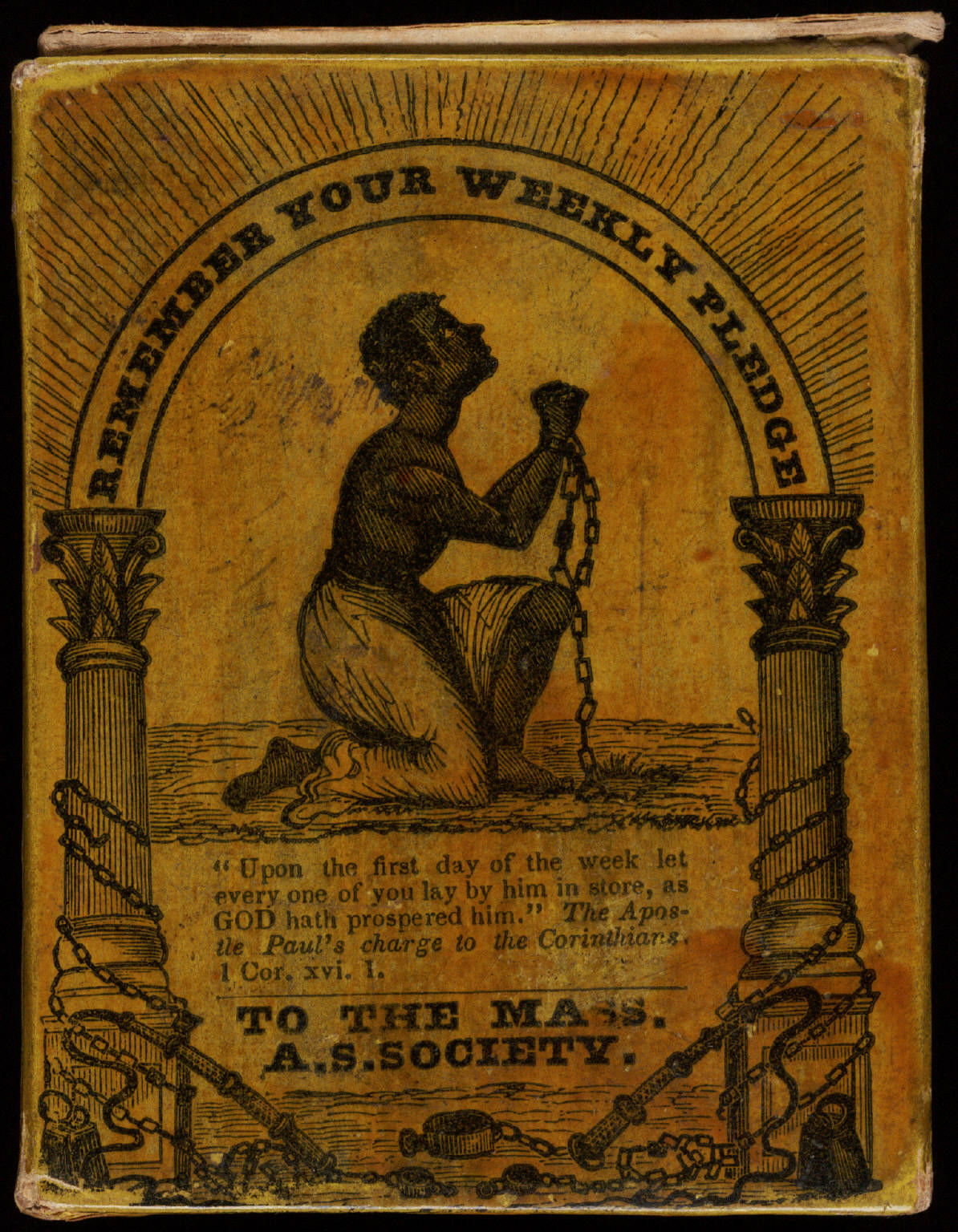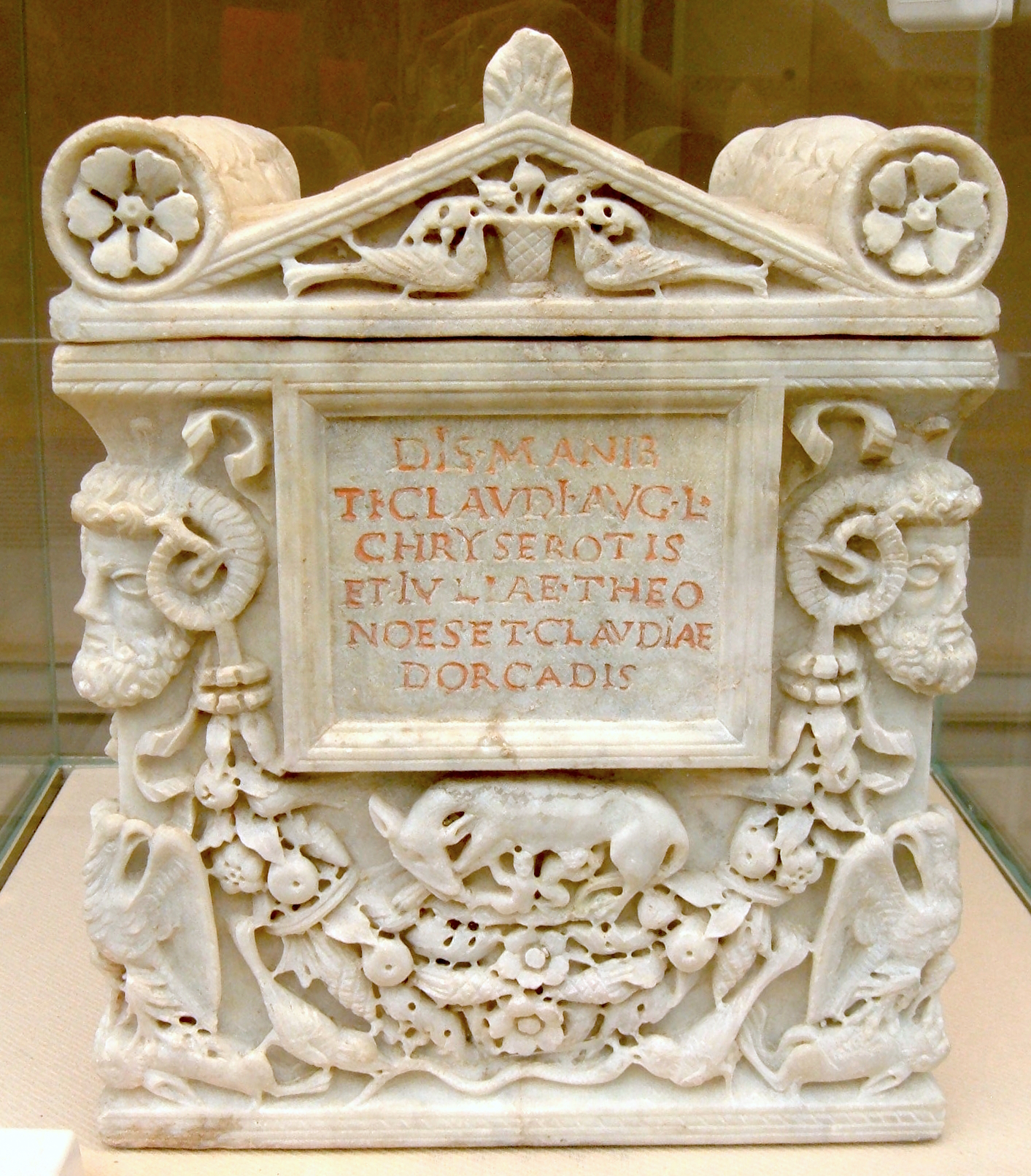|
Israel Jefferson
Israel Jefferson (1800 – c. 1879), known as Israel Gillette before 1844, was born a slave at Monticello, the plantation estate of Thomas Jefferson, third President of the United States. He worked as a domestic servant close to Jefferson for years, and also rode with his brothers as a postilion for the landau carriage. After 1826, Gillette was sold to Thomas Walker Gilmer as part of the sale of 130 slaves from Monticello following Jefferson's death, when many families were broken up. He purchased his freedom from Gilmer in 1844 and took the surname of Jefferson. According to his memoir, this was at the suggestion of a clerk when he registered as a free man."Discoveries about the Family of Isaac Jefferson" ''Plantation & Slavery/ African-America ... [...More Info...] [...Related Items...] OR: [Wikipedia] [Google] [Baidu] |
Monticello
Monticello ( ) was the primary plantation of Founding Father Thomas Jefferson, the third president of the United States, who began designing Monticello after inheriting land from his father at age 26. Located just outside Charlottesville, Virginia, in the Piedmont region, the plantation was originally , with Jefferson using the labor of enslaved Africans for extensive cultivation of tobacco and mixed crops, later shifting from tobacco cultivation to wheat in response to changing markets. Due to its architectural and historic significance, the property has been designated a National Historic Landmark. In 1987, Monticello and the nearby University of Virginia, also designed by Jefferson, were together designated a UNESCO World Heritage Site. The current nickel, a United States coin, features a depiction of Monticello on its reverse side. Jefferson designed the main house using neoclassical design principles described by Italian Renaissance architect Andrea Palladio and rew ... [...More Info...] [...Related Items...] OR: [Wikipedia] [Google] [Baidu] |
John Tyler
John Tyler (March 29, 1790 – January 18, 1862) was the tenth president of the United States, serving from 1841 to 1845, after briefly holding office as the tenth vice president of the United States, vice president in 1841. He was elected vice president on the 1840 United States presidential election, 1840 Whig Party (United States), Whig ticket with President William Henry Harrison, succeeding to the presidency following Harrison's death 31 days after assuming office. Tyler was a stalwart supporter and advocate of states' rights, including regarding Slavery in the United States, slavery, and he adopted nationalistic policies as president only when they did not infringe on the states' powers. His unexpected rise to the presidency posed a threat to the presidential ambitions of Henry Clay and other Whig politicians and left Tyler estranged from both of the nation's major political parties at the time. Tyler was born into a prominent slaveholding Virginia family. He became a n ... [...More Info...] [...Related Items...] OR: [Wikipedia] [Google] [Baidu] |
Concubine
Concubinage is an interpersonal and sexual relationship between a man and a woman in which the couple does not want, or cannot enter into a full marriage. Concubinage and marriage are often regarded as similar but mutually exclusive. Concubinage was a formal and institutionalized practice in China until the 20th century that upheld concubines' rights and obligations. A concubine could be freeborn or of slave origin, and their experience could vary tremendously according to their masters' whim. During the Mongol conquests, both foreign royals and captured women were taken as concubines. Concubinage was also common in Meiji Japan as a status symbol, and in Indian society, where the intermingling of castes and religions was frowned upon and a taboo, and concubinage could be practiced with women with whom marriage was considered undesirable, such as those from a lower caste and Muslim women who wouldn't be accepted in a Hindu household and Hindu women who wouldn't be accepted ... [...More Info...] [...Related Items...] OR: [Wikipedia] [Google] [Baidu] |
Abolitionism In The United States
In the United States, abolitionism, the movement that sought to end slavery in the United States, slavery in the country, was active from the late Colonial history of the United States, colonial era until the American Civil War, the end of which brought about the abolition of American slavery through the Thirteenth Amendment to the United States Constitution (ratified 1865). The anti-slavery movement originated during the Age of Enlightenment, focused on ending the trans-Atlantic slave trade. In Colonial America, a few German Quakers issued the 1688 Germantown Quaker Petition Against Slavery, which marks the beginning of the American abolitionist movement. Before the American Revolutionary War, Revolutionary War, Evangelicalism in the United States, evangelical colonists were the primary advocates for the opposition to Slavery in the colonial United States, slavery and the slave trade, doing so on humanitarian grounds. James Oglethorpe, the founder of the Province of Georgia, c ... [...More Info...] [...Related Items...] OR: [Wikipedia] [Google] [Baidu] |
American Civil War
The American Civil War (April 12, 1861 – May 26, 1865; also known by other names) was a civil war in the United States. It was fought between the Union ("the North") and the Confederacy ("the South"), the latter formed by states that had seceded. The central cause of the war was the dispute over whether slavery would be permitted to expand into the western territories, leading to more slave states, or be prevented from doing so, which was widely believed would place slavery on a course of ultimate extinction. Decades of political controversy over slavery were brought to a head by the victory in the 1860 U.S. presidential election of Abraham Lincoln, who opposed slavery's expansion into the west. An initial seven southern slave states responded to Lincoln's victory by seceding from the United States and, in 1861, forming the Confederacy. The Confederacy seized U.S. forts and other federal assets within their borders. Led by Confederate President Jefferson ... [...More Info...] [...Related Items...] OR: [Wikipedia] [Google] [Baidu] |
Pike County, Ohio
Pike County is a county located in the Appalachian (southern) region of the U.S. state of Ohio. As of the 2020 census, the population was 27,088. Its county seat is Waverly. The county is named for explorer Zebulon Pike. History Pike County was organized on February 1, 1815, from portions of Scioto, Ross, and Adams Counties, and was named in honor of Zebulon Pike, the explorer and soldier who had recently been killed in the War of 1812. Pike County was the site of the Pike County Massacre where eight members of the Rhoden family were shot and killed the evening of April 21–22, 2016. Geography According to the U.S. Census Bureau, the county has a total area of , of which is land and (0.8%) is water. Adjacent counties * Ross County (north) * Jackson County (east) * Scioto County (south) * Adams County (southwest) * Highland County (west) Demographics 2000 census As of the census of 2000, there were 27,695 people, 10,444 households, and 7,665 families living in the c ... [...More Info...] [...Related Items...] OR: [Wikipedia] [Google] [Baidu] |
Steamboats
A steamboat is a boat that is propelled primarily by steam power, typically driving propellers or paddlewheels. Steamboats sometimes use the prefix designation SS, S.S. or S/S (for 'Screw Steamer') or PS (for 'Paddle Steamer'); however, these designations are most often used for steamships. The term ''steamboat'' is used to refer to smaller, insular, steam-powered boats working on lakes and rivers, particularly riverboats. As using steam became more reliable, steam power became applied to larger, ocean-going vessels. Background Limitations of the Newcomen steam engine Early steamboat designs used Newcomen steam engines. These engines were large, heavy, and produced little power, which resulted in an unfavorable power-to-weight ratio. The Newcomen engine also produced a reciprocating or rocking motion because it was designed for pumping. The piston stroke was caused by a water jet in the steam-filled cylinder, which condensed the steam, creating a vacuum, which in turn caus ... [...More Info...] [...Related Items...] OR: [Wikipedia] [Google] [Baidu] |
Cincinnati
Cincinnati ( ) is a city in the U.S. state of Ohio and the county seat of Hamilton County. Settled in 1788, the city is located at the northern side of the confluence of the Licking and Ohio rivers, the latter of which marks the state line with Kentucky. The city is the economic and cultural hub of the Cincinnati metropolitan area. With an estimated population of 2,256,884, it is Ohio's largest metropolitan area and the nation's 30th-largest, and with a city population of 309,317, Cincinnati is the third-largest city in Ohio and 64th in the United States. Throughout much of the 19th century, it was among the top 10 U.S. cities by population, surpassed only by New Orleans and the older, established settlements of the United States eastern seaboard, as well as being the sixth-most populous city from 1840 until 1860. As a river town crossroads at the junction of the North, South, East, and West, Cincinnati developed with fewer immigrants and less influence from Europ ... [...More Info...] [...Related Items...] OR: [Wikipedia] [Google] [Baidu] |
Partus Sequitur Ventrem
''Partus sequitur ventrem'' (L. "That which is born follows the womb"; also ''partus'') was a legal doctrine passed in colonial Virginia in 1662 and other English crown colonies in the Americas which defined the legal status of children born there; the doctrine mandated that all children would inherit the legal status of their mothers. As such, children of enslaved women would be born into slavery. The legal doctrine of ''partus sequitur ventrem'' was derived from Roman civil law, specifically the portions concerning slavery and personal property ( chattels). The doctrine's most significant effect was placing into chattel slavery all children born to enslaved women. ''Partus sequitur ventrem'' soon spread from the colony of Virginia to all of the Thirteen Colonies. As a function of the political economy of chattel slavery in Colonial America, the legalism of ''partus sequitur ventrem'' exempted the biological father from relationship toward children he fathered with enslaved w ... [...More Info...] [...Related Items...] OR: [Wikipedia] [Google] [Baidu] |
Free Person Of Color
In the context of the history of slavery in the Americas, free people of color (French: ''gens de couleur libres''; Spanish: ''gente de color libre'') were primarily people of mixed African, European, and Native American descent who were not enslaved. However, the term also applied to people born free who were primarily of black African descent with little mixture. They were a distinct group of free people of color in the French colonies, including Louisiana and in settlements on Caribbean islands, such as Saint-Domingue (Haiti), St. Lucia, Dominica, Guadeloupe, and Martinique. In these territories and major cities, particularly New Orleans, and those cities held by the Spanish, a substantial third class of primarily mixed-race, free people developed. These colonial societies classified mixed-race people in a variety of ways, generally related to visible features and to the proportion of African ancestry. Racial classifications were numerous in Latin America. A freed A ... [...More Info...] [...Related Items...] OR: [Wikipedia] [Google] [Baidu] |
Freedmen
A freedman or freedwoman is a formerly enslaved person who has been released from slavery, usually by legal means. Historically, enslaved people were freed by manumission (granted freedom by their captor-owners), abolitionism, emancipation (granted freedom as part of a larger group), or self-purchase. A fugitive slave is a person who escaped enslavement by fleeing. Ancient Rome Rome differed from Greek city-states in allowing freed slaves to become Plebs, plebeian citizens. The act of freeing a slave was called ''manumissio'', from ''manus'', "hand" (in the sense of holding or possessing something), and ''missio'', the act of releasing. After manumission, a slave who had belonged to a Roman citizen enjoyed not only passive freedom from ownership, but active political freedom ''(libertas)'', including the right to vote. A slave who had acquired ''libertas'' was known as a ''libertus'' ("freed person", grammatical gender, feminine ''liberta'') in relation to his former master, ... [...More Info...] [...Related Items...] OR: [Wikipedia] [Google] [Baidu] |
.jpg)



.jpg)

